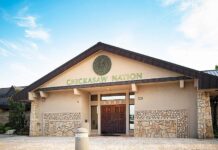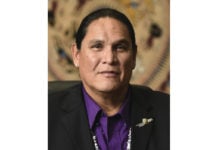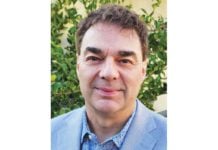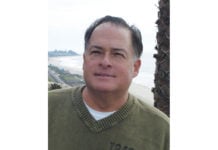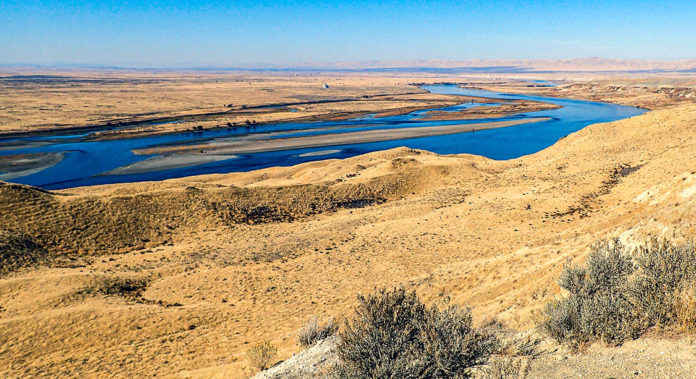MATTAWA, WA – Two hundred people recently gathered along the Columbia River’s scenic Hanford Reach for the Hanford Journey, a day-long event to take a collective stand for Hanford cleanup. Speakers, including Yakama Nation Government Relations Liaison, Davis Washines, and Director of the Washington Department of Ecology, Laura Watson, called on the U.S. government to ensure Hanford cleanup protects all people that rely on the Columbia River.
People from across the Pacific Northwest, including Yakama Nation elected officials, tribal government staff, and citizens, experienced the beauty of Columbia’s Hanford Reach. Attendees heard from experts, viewed shuttered nuclear reactors from jet boats, and learned about cultural resources and traditional ecological knowledge. Some took a guided hike along the White Bluffs, and others heard from the Puyallup Canoe Family about generations of tradition on the water. The second annual Hanford Journey was co-sponsored by the Yakama Nation Environmental Restoration and Waste Management (ERWM) Program and non-profit Columbia Riverkeeper.
“The Hanford site is and remains one of the most contaminated sites in the world, and is probably the most complicated cleanup that’s ever been undertaken in human history,” said Laura Watson, Director of the Washington Department of Ecology. “We know that it’s not just a Department of Ecology fight, it’s a fight that we’re pleased to take alongside tribes and local organizations. The federal government has made a commitment to all of us, but especially to tribes. Yakama Nation pushes us at times, and we welcome that. They push us hard, and it makes us better regulators. Hanford is a statewide priority and it needs to be a nationwide priority. Failure is simply not an option.”
“We come here today to recognize the work on what you call the ‘Hanford Nuclear Reservation,'” said Davis Washines, Government Relations Liaison, Yakama Nation. “There is a history here to this area and people. This is an important place we have a duty and a responsibility to protect because all the children here represent the future. The elders are told, ‘We don’t own this, it doesn’t belong to us – it belongs to them, even the ones not even born yet.’ We have a responsibility to teach them, their generation will have the ability to carry on. Especially our oral traditions that explain our way of life.”
The 586-square-mile Hanford Site is a legacy of World War II and the Cold War. For over 40 years, the federal government and its contractors generated unprecedented volumes of hazardous and radioactive waste. Today, the U.S. Department of Energy (DOE) is responsible for one of the largest nuclear cleanup efforts in the world.
The Hanford Journey coincides with a series of recent developments at Hanford that have called into question the U.S. Department of Energy’s – the federal agency responsible for Hanford cleanup – commitment to a real cleanup of Hanford that is protective of human health and the environment. For example, the DOE’s insistence on reclassifying high-level nuclear waste, which poses a major threat to groundwater and the Columbia River.


